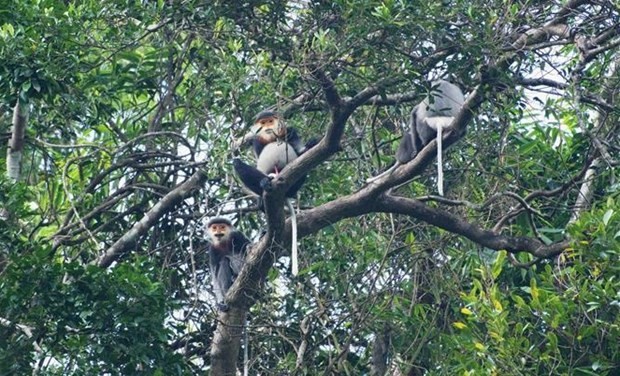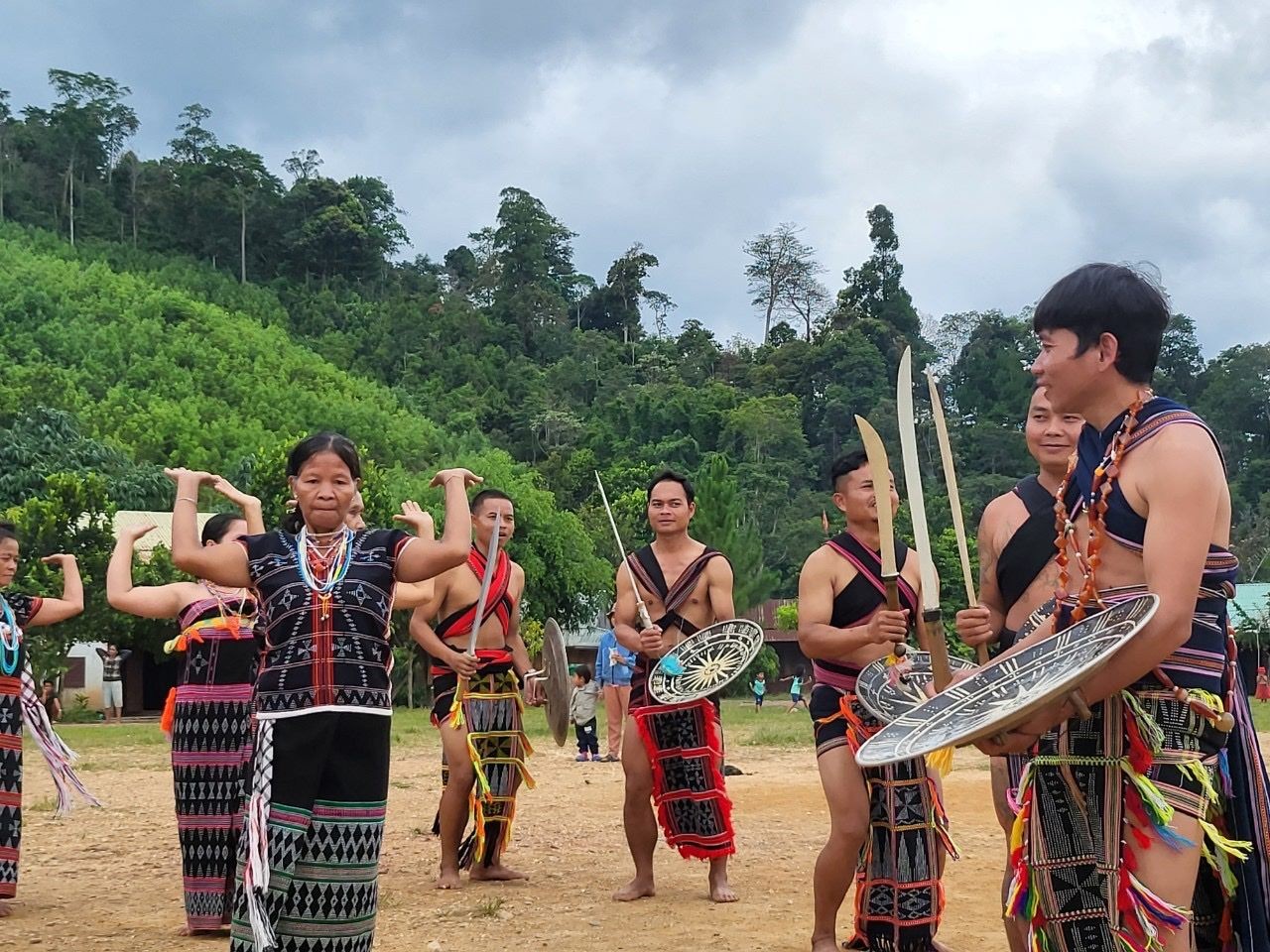
Quang Nam expands natural habitat, living environment for rare douc langurs
Latest
 |
| Quang Nam expands natural habitat for rare douc langurs. (Photo: VNA) |
Accordingly, the area will be expanded from 30 hectares to 150 hectares.
Deputy Director of the provincial Department of Forest Protection Tu Van Khanh said as many as 68 individuals of this kind were counted in Hon Do Mountain in early June this year, an increase of 18 compared to 2018.
Khanh attributed this to the efforts of the community in protecting them and the involvement of the local authorities and relevant agencies in controlling and preventing poaching and in addressing negative impacts on the forest and this rare primate herd in recent years.
This is a rare and endemic primate species of Vietnam and classified as critically endangered in the Vietnam Red Book and the International Union for Conservation of Nature's (IUCN), with only about 1,000 individuals in the wild.
Quang Nam is one of five localities in the country that have been identified as the habitat of the rare gray-shanked douc langurs.
The expansion of habitat for the species in Hon Do mountain area is hoped to help thoroughly solve the situation in which that of this rare primate is divided by the production forests of local residents, said Le Van Dung, a member of a community group to protect gray-shanked douc langurs in the mountain.





















